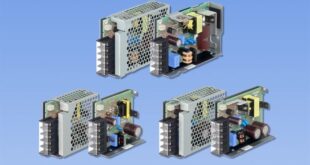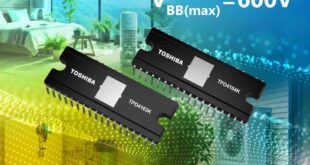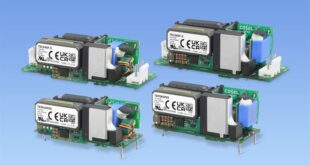Alan Binning examines a successful Distributed Energy Resource Management Systems (DERMS) project
Balancing supply and demand – arguably the biggest challenge for the energy industry.
What’s more, rising reliance on renewable sources means that these imbalances are even more problematic.
As the industry moves away from aging central plants to decentralised energy resources, how could Distributed Energy Resource Management Systems (DERMS) be used?
As the name suggests, DERMS are used for managing the distributed energy generation and storage devices available to the grid. DERMS software platforms are designed to forecast, monitor, control and coordinate distributed energy resources (DERS) from an array of sources — this includes solar cells, wind farms and storage systems across the power grid.
DERMS allows the operator to know at a glance, where every asset is located on a distribution system. For complicated energy grids, these systems can also manage large numbers of distributed assets, including volatile renewable sites.
DERMS for renewables
Consider this as an example. Let’s imagine a grid that incorporates several different renewable generation sources, this includes a hydroelectric plant and a wind farm, both of which are in different geographical regions.
Unlike hydroelectric plants, whose power can be better managed, wind farms often struggle to manage unpredicted surges in power.
For instance, when high wind speeds occur, there is no method of limiting the power generated and nowhere to store excess energy. This is particularly common for wind farms, as much of their generation is achieved at night, when energy demand is low.
When these surges in power occur, it runs the risk of causing outages and blackouts on the grid due to unprecedented surges of energy which overwhelm the system.
To avoid this problem, this energy is more likely to be directed away from the grid. Therefore, the energy is wasted.
With access to control the entire distributed grid, operators could use DERMS to better manage this unprecedented power surge. In this example, reducing the energy supply from the hydroelectric plant by shutting off one area of the dam could be effective. This would allow for the surge in power from wind to be fed safely into the grid, without causing a freak outage.
However, DERMS must incorporate various other systems to allow this level of management. This includes Distribution Management Systems (DMS), Outage Management Systems (OMS) and Supervisory Control and Data Acquisition (SCADA) systems.
By combining these technologies under one umbrella, operators are provided with a complete insight of the power picture and the insight to make these kinds of decisions.
That said, achieving this complicated architecture is not always simple.
Independent management
With various systems in place to account for a wide range of energy generators or storage devices, a common industry struggle is ensuring all systems can talk to each other. This is particularly difficult due to the huge range of protocols used for individual systems in the energy industry. For this communication to be possible, utility providers must choose an independent software system.
COPA-DATA’s zenon software platform, has been used to connect via different protocols under the DERMS umbrella. This was demonstrated in a project on the Korean island of Jeju, where zenon was used to balance the power of a wind farm on the nation’s smart grid-test bed.
Using DERMS, the Korea Midland Power Co. sourced a revolutionary Electrical Equipment Control and Monitoring System (ECMS) using zenon. This was based on the IEC 61850 protocol — an international standard defining communication for electronic devices at energy substations.
Managing data from seven wind turbines and a high-performance lithium-ion cell Battery Management System (BMS), the project needed a platform that could accurately monitor data from various sources. What’s more, because the project was dealing with renewable energy, it needed to ensure the grid is not overloaded with power, even when supply fluctuates.
The Korea Midland Power Co. used zenon to display data from every distributed asset to its operators. This allowed them to control on how much energy is stored in the batteries and how much is transferred directly to the grid.
To take this a step further, the software also allowed operators to define rules about when energy should be stored in batteries. This incorporated data about energy value, allowing the company to manage energy in a timely and lucrative way.
For example, during the night when energy is cheaper because of lower demand, the system ensured energy is stored in batteries and is only sold back to the grid when it can achieve the best price. Not only does this demonstrate DERMS’ ability to optimise energy efficiency, but also to optimise profits.
Balancing supply and demand is one of the energy industry’s biggest challenges. Plus, the growing reliance on renewable sources only heightens this issue. Looking to the future, as renewable generation plants continue to gain momentum, DERMS will become essential in optimising the distributed generation and storage devices on the grid.
Alan Binning is Regional Sales Manager at COPA-DATA.
 Engineer News Network The ultimate online news and information resource for today’s engineer
Engineer News Network The ultimate online news and information resource for today’s engineer



